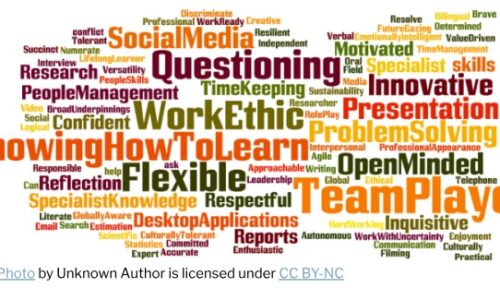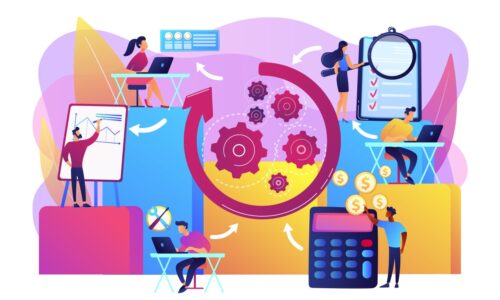Aim of the course
The aim of this unit is to enhance the capacity of VET teachers and trainers in companies, to increase the opportunities for learners to apply their skills and knowledge acquired during the program in real-world professional practice-based learning contexts
Main ideas
The main ideas behind this unit is to present trainees with information about:
Section A:
1/ Core work-readiness skills that individuals need to succeed in the workplace include communication skills, teamwork, problem-solving, time management, adaptability, digital literacy and professionalism.
2/ Learning activities that can be used to develop the identified WRS should simulate real-life work situations and include role-play, case studies, discussions and projects.
3/ It’s important to integrate real-life work experiences into the classroom environment to better prepare learners for the work environment.
4/ Mentorship plays a key role in shaping the educational and professional journeys of learners, offering personalised support, guidance, and encouragement every step of the way.
Section B:
1/Feedback and reflection are essential components of the learning process, particularly in VET.
2/ By incorporating a variety of assessment methods, educators can effectively measure learners’ progress, promote deeper learning, and prepare learners for success in their future careers.
Course Features
- Lectures 8
- Quizzes 2
- Duration 10 weeks
- Skill level All levels
- Language English
- Students 1
- Certificate No
- Assessments Yes
Curriculum
- 3 Sections
- 8 Lessons
- 10 Weeks
- Definition of professional competences and their components – introductory, theoretical classes5
- 1.0Identifying core work-readiness skills
- 1.1Developing core work-readiness skills
- 1.2Real-life work experience methods used in the classroom
- 1.3Mentorship programs play a pivotal role in shaping the educational and professional journeys of learners, offering personalised support, guidance, and encouragement every step of the way.
- 1.4Test Section A10 Minutes20 Questions
- How to practically transfer knowledge during professional work.3
- “To learn more”2







